Grass clippings are often discarded as yard waste, but did you know they’re a treasure trove of benefits for your garden?
From enriching the soil to deterring pests, these remnants of lawn care are a sustainable resource with multiple uses.
By incorporating grass clippings into your gardening routine, you can reduce waste, cut costs, and create a healthier, more eco-friendly garden.
#1. Natural Mulch for Moisture Retention
Grass clippings act as an excellent natural mulch, preserving soil moisture and suppressing weeds. When spread around plants, they decompose slowly, releasing nutrients that improve soil health.
Studies from the University of California Cooperative Extension indicate that organic mulches like grass clippings reduce water evaporation by up to 70%, significantly lowering the need for frequent watering.
To use grass clippings as mulch, spread a thin, even layer around plants and garden beds. Allow the clippings to dry slightly before applying to prevent matting.
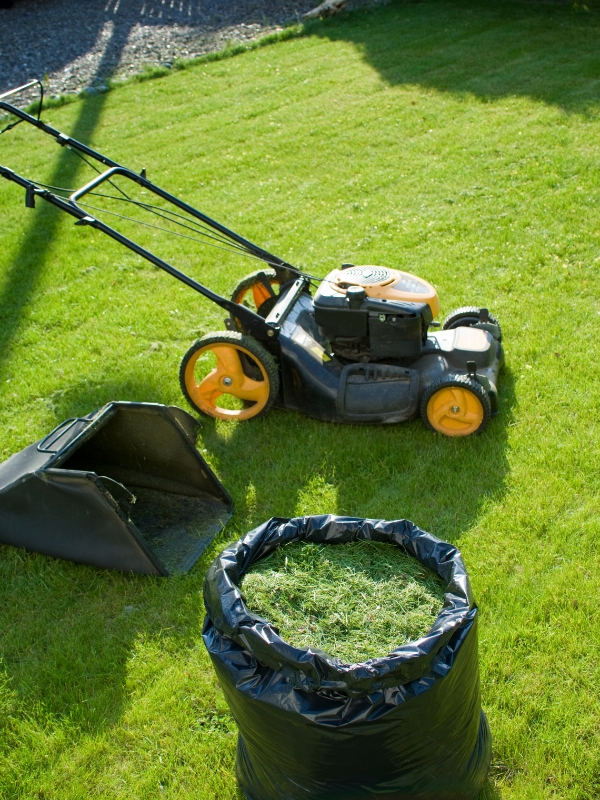
#2. Enhances Compost Quality
Grass clippings are a rich source of nitrogen, a key ingredient for compost. Adding them to your compost pile heats it up, accelerating the decomposition process and creating nutrient-dense compost.
You can pair grass clippings with carbon-rich materials like dried leaves or shredded paper in a 2:1 carbon-to-nitrogen ratio for optimal composting results.
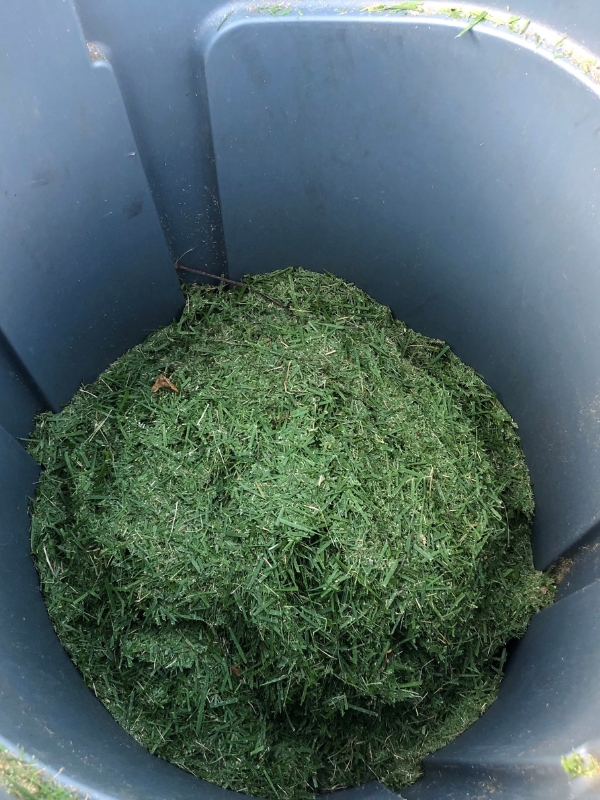
#3. Natural Lawn Fertilization
After mowing, leave the clippings on your lawn to decompose naturally. This simple process returns nutrients like nitrogen, phosphorus, and potassium back to the soil, enhancing grass health and reducing the need for chemical fertilizers.
According to the University of Missouri Extension, grasscycling can supply up to 25% of a lawn’s annual nutrient needs, saving time and money on fertilizers.
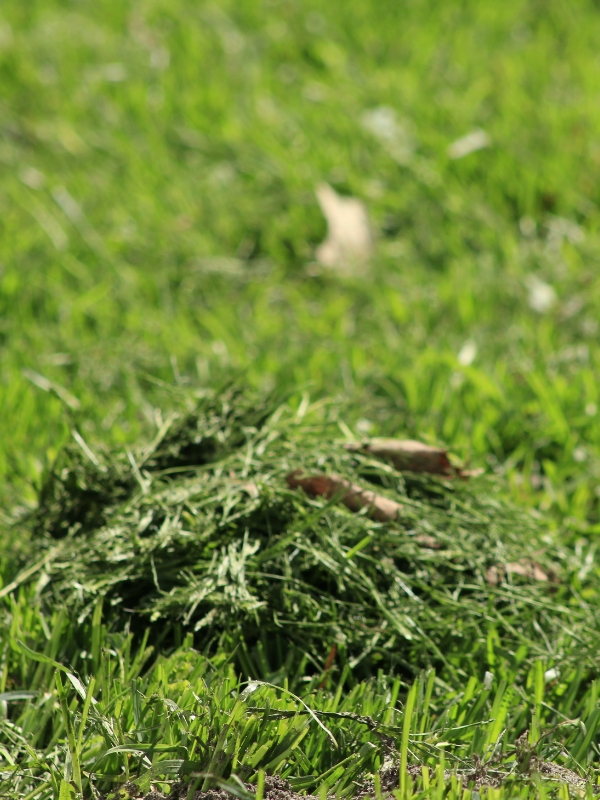
#4. Grass Tea: A Natural Liquid Fertilizer
Grass clippings can be used to create a liquid fertilizer, also known as “grass tea.” This nutrient-rich solution provides plants with essential minerals like nitrogen, promoting robust growth.
Grass clippings soaked in water for 3–5 days release nutrients, creating a liquid fertilizer that can be diluted and applied to plants.
To make grass tea, fill a bucket with fresh clippings and cover them with water. Let the mixture steep for 3–5 days, stirring occasionally. Strain the liquid, dilute it with water (1:10 ratio), and use it to water your plants for a nutrient boost.
#5. Pest Management
Fresh grass clippings can serve as a natural deterrent for pests like slugs and snails. When layered around plants, the clippings create an uncomfortable surface for pests, protecting delicate seedlings and leaves.
Unlike chemical pesticides, grass clippings protect beneficial insects while deterring harmful ones.
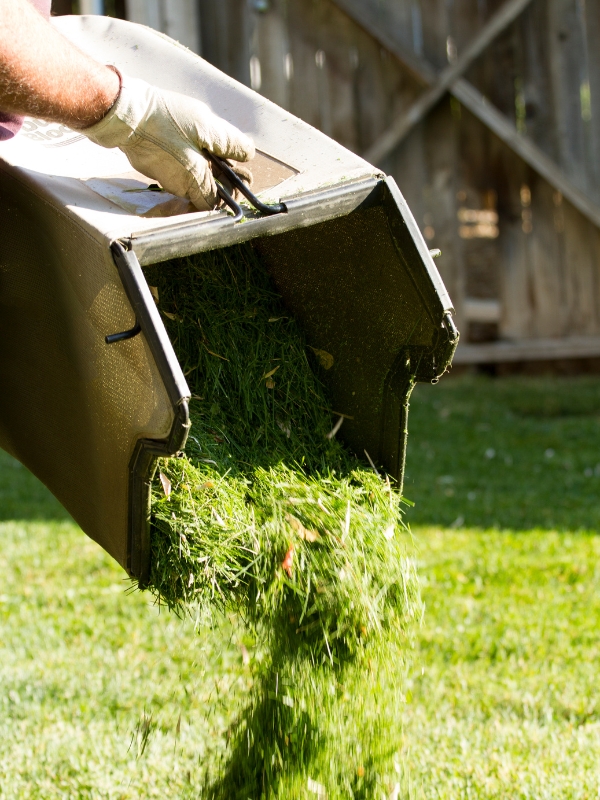
#6. Soil Enrichment
Incorporating grass clippings directly into the soil improves its structure and fertility. As the clippings decompose, they enhance moisture retention and aeration, creating an ideal environment for root growth.
Organic matter like grass clippings increases microbial activity in soil, which enhances nutrient cycling and improves plant health.
#7. Eco-Friendly Garden Paths
Dried grass clippings can be repurposed as material for garden paths. They create a soft, sustainable walkway that reduces weed growth and is easy to refresh.
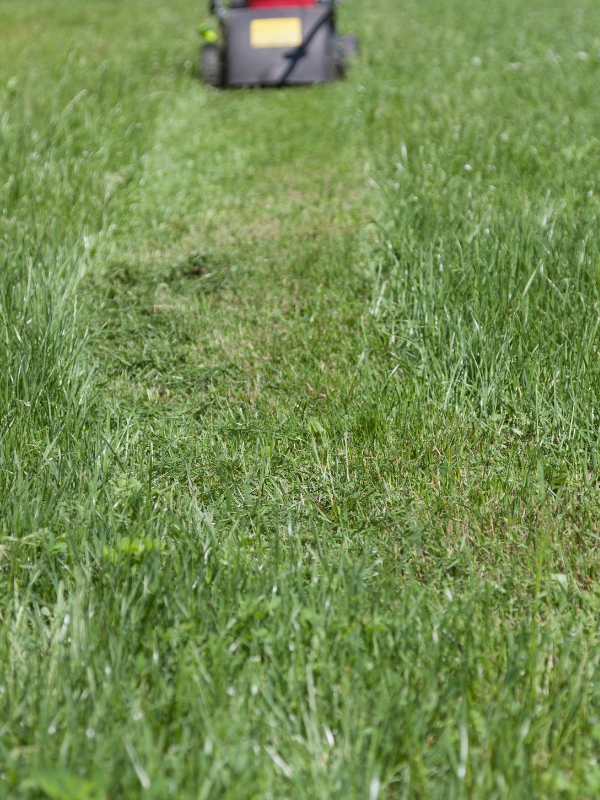
#8. Affordable Bedding for Livestock
For those with farm animals, dried grass clippings can be used as economical bedding for chickens, rabbits, and goats. Their soft texture provides comfort, and their biodegradability makes cleaning easier.
To use grass clippings as animal bedding, ensure they are completely dry to prevent harmful mold growth.
Once thoroughly dried, spread the clippings in animal enclosures. Regularly replace this bedding to maintain cleanliness and prevent moisture buildup.
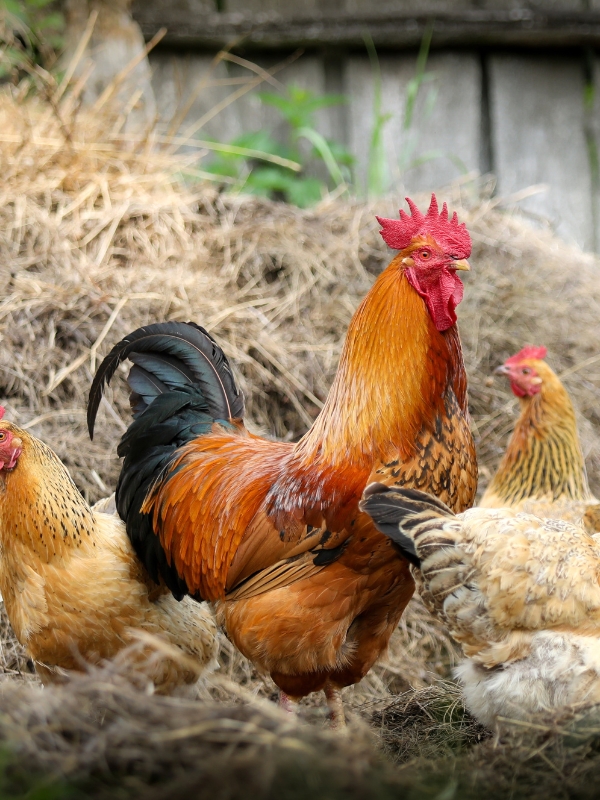
Precautions for Using Grass Clippings
Ensure your clippings come from untreated lawns to prevent introducing harmful herbicides or pesticides into your garden or compost.
You should apply thin layers of clippings to avoid compacted mats that block air and water.
Always dry clippings thoroughly before using them as mulch or bedding.
Disclaimer
Always use untreated grass clippings to avoid introducing harmful chemicals to your garden.
This article is for informational purposes only and does not substitute professional gardening advice.
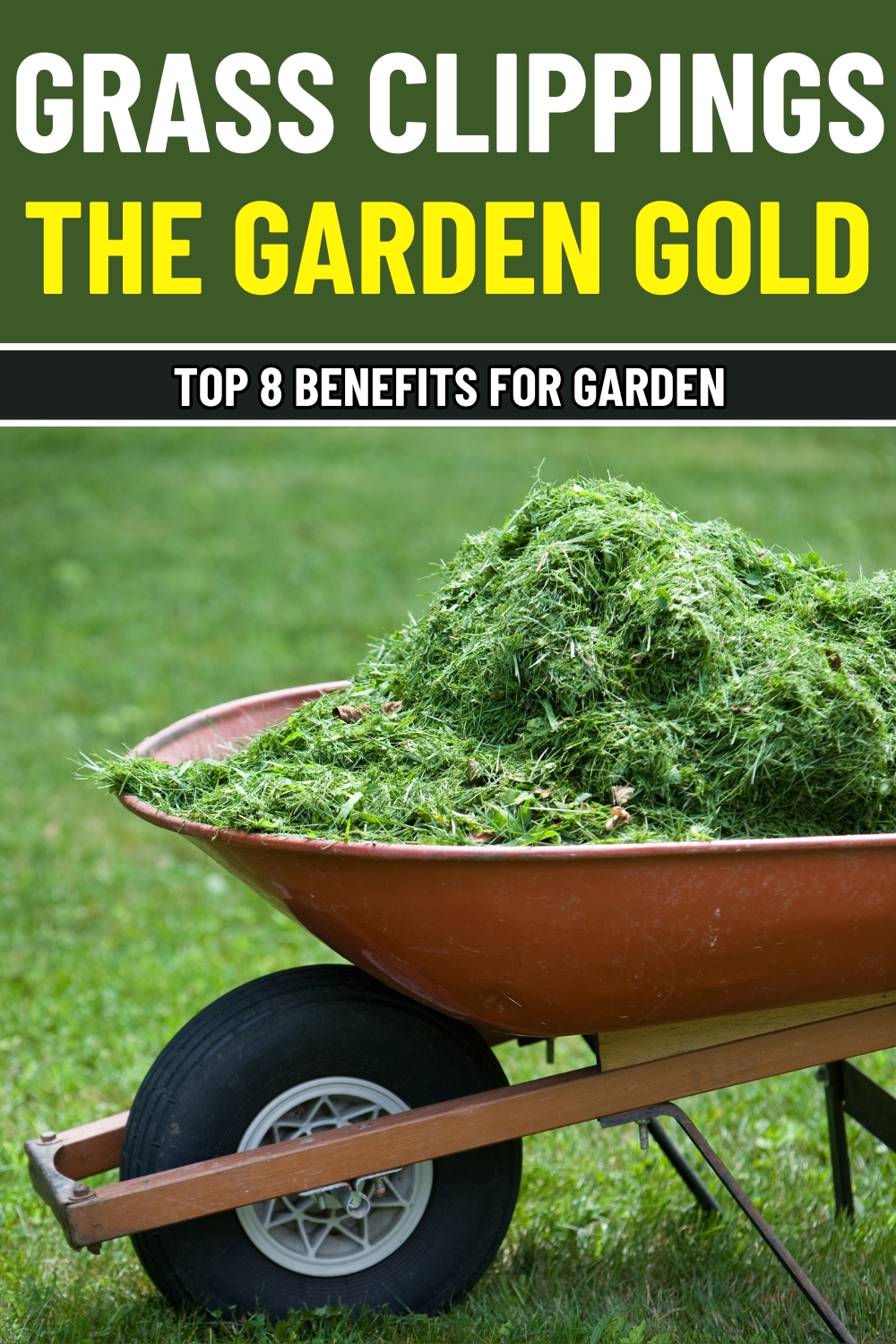
Grass Clippings: Transforming Lawn Waste into Garden Gold
